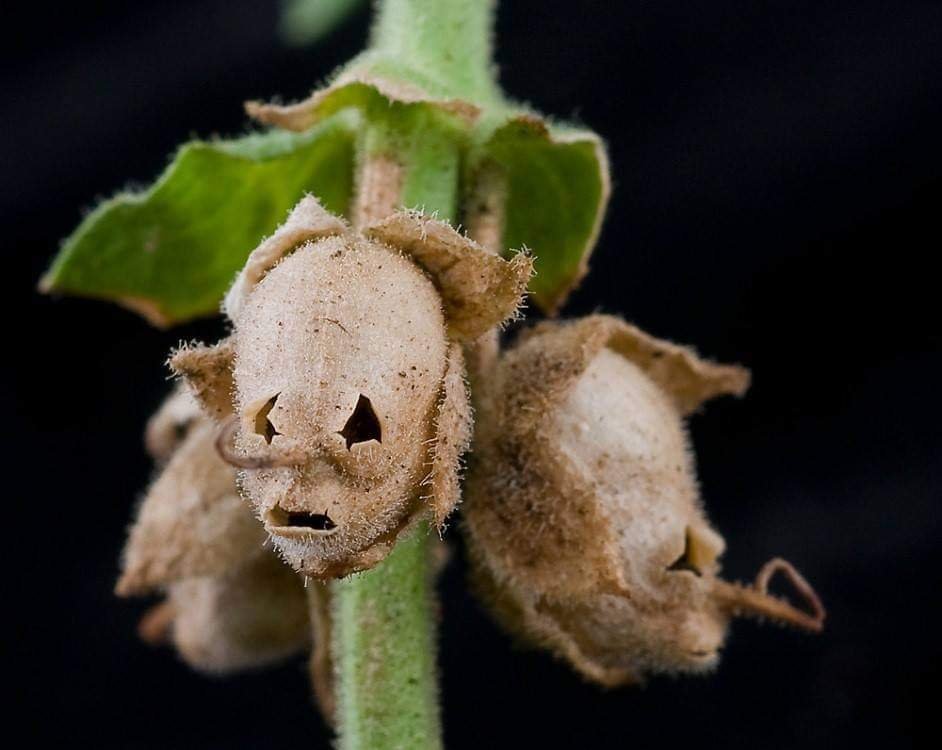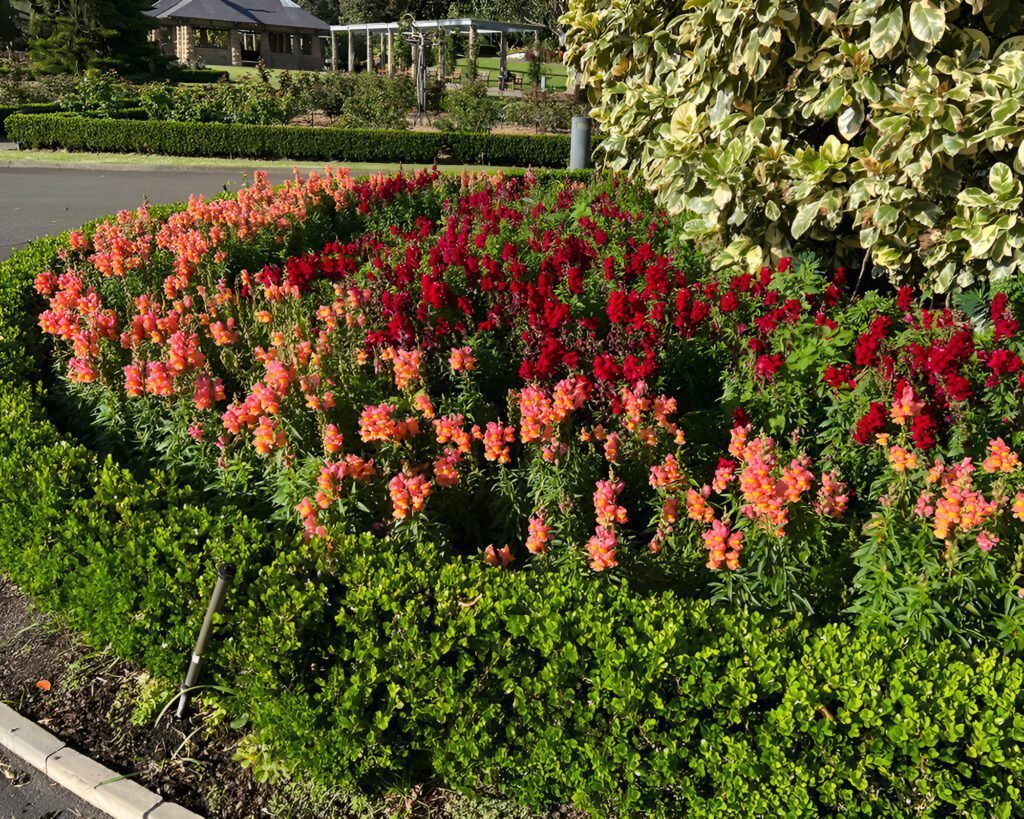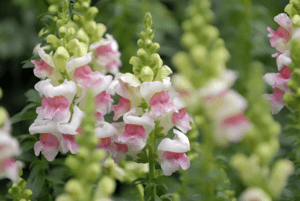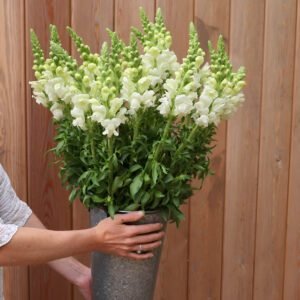Fish mouth plant: definition, how to grow it, diseases, care for it
Introduction to fish mouth plant
They are cool-season annual flowering plants known as hardy annuals
Varieties have traditional “surprise” flowers, open or double flowers in all colors except blue… Attracts birds and bees

Basic care guide
*Dwarf: (15-20 cm)
Magic Carpet: Traditional mouth-shaped flowers, in different colors
Montego: Traditional mouth-shaped flowers, in different colours
Gemini: Its flowers are butterfly, clustered, very large, multi-colored florets
*Medium:
Lucky Lips: Traditional mouth-shaped flowers and large, dark pink/cream colored flowers
Madame Butterfly: Double-petal florets, also called azalea florets, are very delicate florets of different colors.
*Tall: 30 to 48 inches
Legend: Traditional mouth-shaped flowers, ruffled and large, in various pastel colours, including baby pink, a unique lavender-pink colour.
Maryland Plumblos: Traditional mouth-shaped flowers of pink/purple and white
Potomac: Traditional mouth-shaped flowers, in various colors
Original home Europe, the Mediterranean Basin, and North Africa, and it is grown in Saudi Arabia, the Gulf states, and many Arab countries
Nickname
It is derived from the shape of the individual flower heads, which resemble a dragon's nose
Platoon Plantaginaceae

The amount of water needed
Keep the seedlings moist during the first few weeks. Once established, it will need about an inch of water per week during times of non-rainfall.
Water near the crown of the plant and avoid overhead watering to keep the plant healthy.
Allow the top layer of soil to dry completely before watering
Suitable living conditions
It tolerates light frost, requires mild winters and hot summers.
Temperatures
Prefers cool temperatures for flowering: 40°F during the night and 70°F during the day. They can tolerate light frost
Suitable lighting for him:
It will bloom profusely in full sun to partial shade. Once the temperature rises, they may stop blooming completely. Planting it in partial shade and keeping it well watered will help it survive through the summer
It likes a neutral soil pH between 6.2 and 7.0, rich in nutrients and well-drained. As short-lived plants, they do not require heavy nutrients, but adding organic matter will help keep them healthy and thriving


Find out what light your plants are actually getting.
Find the best locations for them to improve their health, simply using your phone.
Fertilization care
- The ideal time is late winter to early spring. During that time, the plant will emerge from its dormant phase and enter the active growth phase. Fertilizing at this time allows the plant to get off to a great start to the season by encouraging healthy growth.
- Almost any type of fertilizer that contains a balanced amount of the three main plant nutrients will work well. However, there are a few specific nutrient blends that can be more beneficial. For example, high amounts of phosphorus lead to stronger roots and better flowers. Since it is a flowering plant, using a fertilizer rich in phosphorus may be the best approach.
- You can use fertilizer that comes in granular or liquid form as long as there are plenty of nutrients present.
How to plant seeds
- Plant the seeds in trays filled with peat moss.
- Do not cover the seeds because the plant needs light to germinate. Maintain a temperature of 65°F/18°C and adequate humidity until germination is complete.
- After about (8-15 days) the plants are now visible and roots are starting to form. Keep the media moist but not saturated to promote healthy root growth and penetration. Maintain air temperature at 65°F/18°C
- After about (days 16-28) the first true leaves are developed and the roots begin to penetrate the soil. Keep the air temperature between 65-68°F/18-20°C.
- After about (28-30 days) it is transferred to larger ponds or planted in the ground... It must contain 2-3 sets of true leaves and it must. Ideal air temperature is 60-65°F/15-18°C to help with color uniformity
Pruning
- Cutting the top of the stems keeps it blooming longer.
- Taller varieties may need to be cut back by a third to encourage new growth. If they survive the winter, cut them back by a third.
- Remove spent flower heads as soon as they begin to wilt. This concentrates the nutrients for other flowers and allows the plant to flower better.
- Remove yellow and diseased leaves, which increases plant ventilation and light penetration and facilitates plant growth.
-Rust (fungus - Puccinia antirrhini): Brown pustules appear on the lower surface of the leaves. Plants may be stunted. (Treatment: Plants should be spaced so they have plenty of air... Spray at weekly intervals with the recommended fungicide.)
Blight (fungus - Phyllosticta antirrhini): Circular spots of cream or light brown color appear on the leaves, sometimes surrounded by circles of other colors. (All diseased plant parts should be removed, spray with recommended fungicides. Keep leaves dry)
Powdery mildew (fungus - Oidium spp.): It is largely limited to plants grown in greenhouses, and this powdery mildew forms a white layer on the surfaces of leaves and young stems. Spray with recommended fungicide
If it is a houseplant, what are the best conditions for it to be cared for in a home?
- It needs six to eight hours of direct sunlight daily to grow and produce the most abundant flowers. Even a sunny indoor location is unlikely to receive this much sunlight, especially during the winter, so when growing indoors, it's best to increase lighting with incandescent, fluorescent, and LED bulbs.
- Water is needed to keep the potting mix evenly moist, but you never want to overwater which will result in the soil being overly saturated.
- Fertilize with a balanced fertilizer NPK 10:10:1

Suggested use
Plants can be grown in rock gardens, ponds, hanging baskets, or in the garden
The individual florets are edible (mostly ornamental).
It is also important as an organism in plant research, as it has been widely used in biological studies.
They can also be grown to extract a green dye from their flowers
Suitable planting time
Early to mid spring
additional information
Plant age
A perennial grown every year or two
Plant height
Heights range from dwarf (6-15 inches) to medium (15-30 inches) to tall (30-48 inches)
Flowering stage
in the spring and they stop blooming in the summer. However, it can bloom again in the fall



